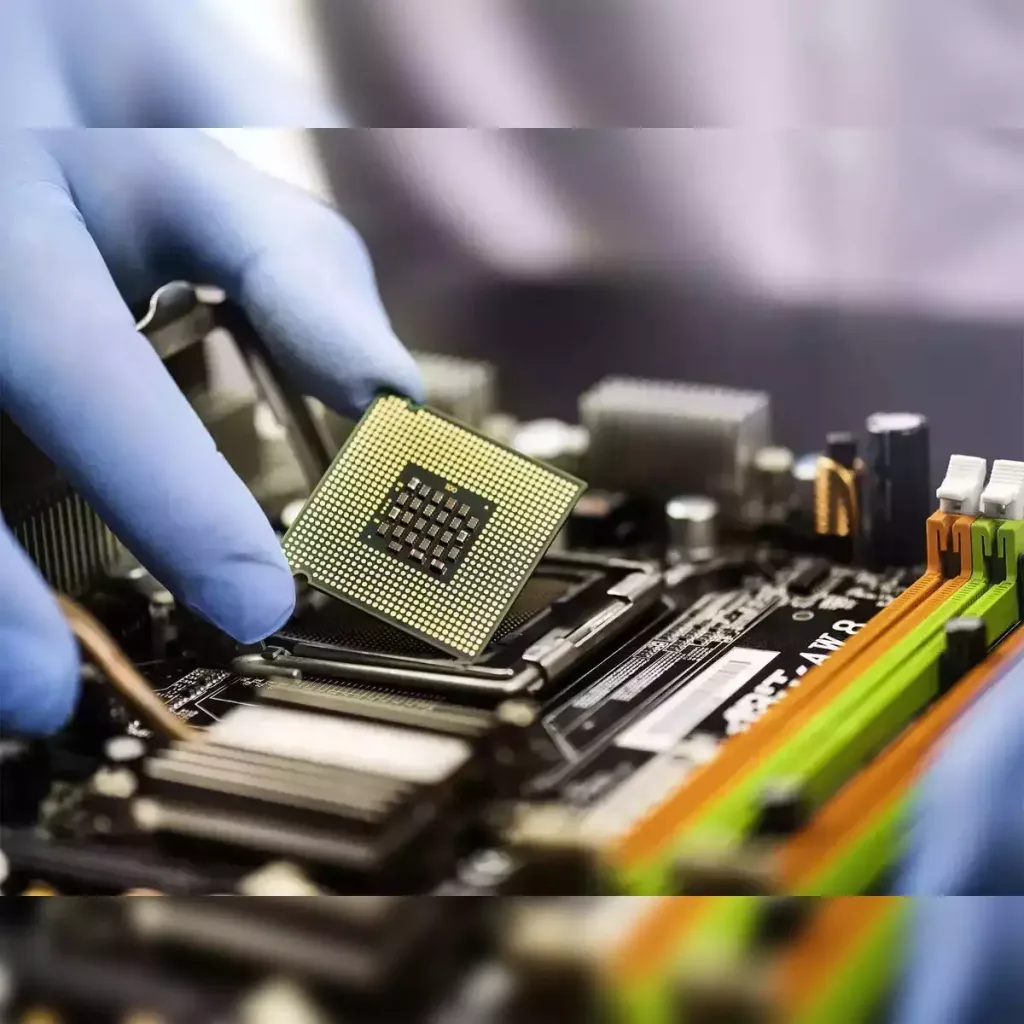Asia’s Chip Giants Bet Big: Discover how South Korea and Taiwan are following Japan’s lead in India’s booming semiconductor industry. Learn about the latest investments and strategies shaping the future of chip manufacturing in the subcontinent.
Table of Contents

Japan Leads, Korea and Taiwan Follow: India’s Chip Revolution
In a high-stakes game of technological leapfrog, South Korea and Taiwan are racing to catch up with Japan’s early moves in India’s burgeoning semiconductor industry. As the subcontinent positions itself as the next big hub for chip manufacturing, these Asian powerhouses are bringing their expertise, capital, and cutting-edge technology to fuel India’s silicon dreams.
The Japanese Playbook: Setting the Pace
Japan’s foresight in recognizing India’s potential has given it a significant head start:
- Staggering Growth: Japan’s FDI in India’s semiconductor sector skyrocketed by 700% between 2021 and 2024.
- Market Dominance: Japanese firms command over 30% of the global semiconductor equipment market and 48% in materials.
- Strategic Partnerships: Companies like Tokyo Electron and Renesas are actively collaborating with Indian firms to build robust supply chains.
South Korea and Taiwan: The Fast Followers

Not to be left behind, South Korean and Taiwanese companies are quickly adapting the Japanese blueprint:
- Local Partnerships: Both countries are focusing on building alliances with Indian firms.
- Regulatory Adaptation: They’re swiftly aligning with India’s evolving policy landscape.
- Talent Development: Investing in training and upskilling India’s tech-savvy workforce.
- Long-term Vision: Aligning with India’s growth in automotive, IoT, and 5G sectors.
Comparative Investment Growth (2017-2024)
| Country | 2017-2020 Investments | 2021-2024 Investments | Growth Rate |
|---|---|---|---|
| Japan | 1 | 8 | 700% |
| USA | 11 | 30 | 172% |
Source: Japan External Trade Organisation (JETRO)
Why India? The Subcontinent’s Semiconductor Appeal
- Government Incentives: India’s Production Linked Incentive (PLI) scheme is attracting global players.
- Skilled Workforce: A vast pool of engineering talent at competitive costs.
- Growing Market: Booming demand for electronics and automotive components.
- Geopolitical Diversification: Companies looking to reduce dependence on China.

FAQs: India’s Semiconductor Surge
Why is India suddenly attractive for semiconductor investments?
India offers a combination of government incentives, a large skilled workforce, and a growing domestic market for electronic products.
How does Japan’s investment in India compare to other countries?
Japan’s FDI in India’s semiconductor sector grew by 700% from 2021 to 2024, outpacing other countries like the USA, which saw a 172% growth.
What strategies are South Korean and Taiwanese companies adopting in India?
They’re focusing on local partnerships, adapting to regulations, investing in workforce development, and aligning with India’s long-term tech growth sectors.
Which Japanese companies are leading investments in India’s semiconductor industry?
Companies like Tokyo Electron and Renesas are at the forefront, partnering with Indian firms to develop supply chains and train local talent.
How is India’s semiconductor push affecting global supply chains?
India is emerging as a strategic alternative to existing semiconductor powerhouses, potentially reshaping global supply chains and reducing dependence on traditional manufacturing hubs.
The Road Ahead: India’s Silicon Sunrise
As Japan, South Korea, and Taiwan intensify their semiconductor investments in India, the global chip manufacturing landscape is poised for a significant shift. India’s journey from a consumer to a producer of cutting-edge technology is gathering momentum, backed by strategic partnerships, government support, and a vision for technological self-reliance.
The coming years will be crucial in determining whether India can leverage these investments to become a major player in the global semiconductor arena. As the stakes rise and competition heats up, one thing is clear: Asia’s chip giants are betting big on India’s silicon dreams, and the world is watching closely.
Are you excited about India’s semiconductor future? Share your thoughts on how these investments might reshape the global tech landscape in the comments below!







